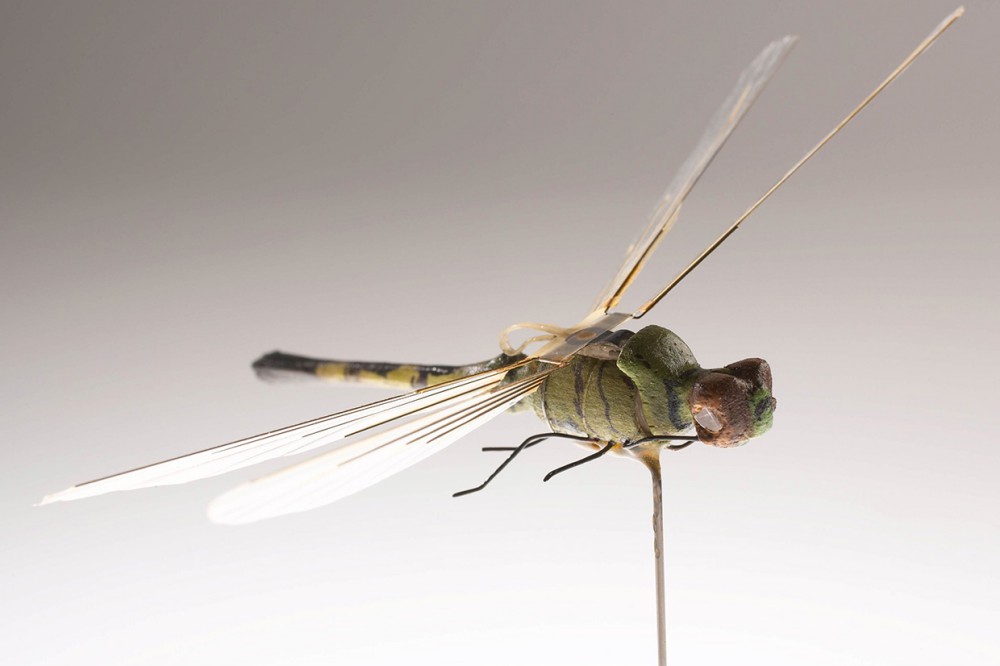It was the 1970s, the Cold War was in full swing, and the U.S. Central Intelligence Agency’s Office of Research and Development had developed a miniaturised listening device. But they didn’t have a good way to manoeuvre the device into place without raising suspicions.
After scrapping the idea of a mechanical bumblebee, CIA engineers prototyped a dragonfly to carry the bug. Dubbed the Insectothopter, the bug-carrying bug was the agency’s first insect-size unmanned aerial vehicle (UAV), and it seemed to show potential. Under ideal conditions, it had a range of 200 meters and a flight time of 60 seconds.
In taking a cue from nature, CIA engineers were wise to choose the dragonfly. Dragonflies are nimble aerialists, able to hover, glide, and even fly backward. They can turn 180 degrees in three wingbeats. The Insectothopter’s 6-centimeter-long body and 9-cm wingspan were well within the range of an actual dragonfly’s dimensions. Plus, dragonflies are native to every continent except Antarctica, so their presence would be unremarkable, at least in the appropriate season.
According to a CIA description, the robobug was supposed to work like this:
A laser beam directed at a bimetallic strip in the insectothopter’s tail guided the device. That same laser beam acted as a data link for the miniature acoustic sensor onboard the craft. A miniature oscillating engine drove the wings; the fuel bladder contained a liquid propellant that when mixed with an oxifier created additional thrust.
Unfortunately, even the gentlest breeze blew the 1-gram Insectothopter off course. It’s unclear if the laser guidance and data link were ever implemented. In any event, the UAV never flew an actual spy mission.

Flight Kit: The propulsion system for the Insectothopter was based around a miniature fluidic oscillator, which moved the wings up and down to mimic a real dragonfly’s flight.
The Insectothopter is currently on display at the CIA Museum. However, because the museum is housed within the secure CIA headquarters in Langley, Va., it is not open to the general public. Instead, the agency has made photos of the device available online, along with this historic footage of the MAV in flight.
Photos: CIA Museum
Source: IEEE Spectrum

